Dining out in Manhattan during the 1970s offered a wide spectrum of experiences, from exclusive French establishments to bustling celebrity hangouts and new, artist-run spaces in downtown lofts. The city’s restaurant scene was a reflection of its complex financial and social character.
At the highest end of dining, classic French and Continental cuisine reigned supreme. Restaurants like La Grenouille and Lutèce served elaborate dishes to a well-dressed clientele in formal, flower-filled dining rooms. At these establishments, captains in tuxedos took orders, and dishes like duck à l’orange, sole meunière, and beef Wellington were staples of the menu. Another prominent spot was The Four Seasons, known for its powerful lunch crowd and its seasonally changing decor and menus.
The decade also saw the rise of celebrity-focused restaurants where the scene was as important as the food. Elaine’s, on the Upper East Side, was a literary hub where writers, actors, and journalists gathered nightly. Securing a table near the front was a sign of status. Similarly, Maxwell’s Plum was famous for its over-the-top Art Nouveau interior, Tiffany glass, and a lively singles bar scene that drew large crowds.
Read more
In 1974, Le Cirque opened, quickly becoming a destination for socialites and politicians. The restaurant established itself as a place to see and be seen, with an exclusive and hard-to-get reservation list. In 1976, Windows on the World opened on the 107th floor of the World Trade Center’s North Tower. It offered diners breathtaking views of the city skyline, making the location itself the main attraction.
A different kind of restaurant scene was emerging in neighborhoods like SoHo. As artists and galleries moved into the area’s cast-iron loft buildings, small, informal eateries opened to serve them. Restaurants like The Spring Street Natural Restaurant catered to a health-conscious crowd with vegetarian dishes and juices. These spots were more casual and affordable than their uptown counterparts.
Across the city, many restaurants featured dark interiors with wood paneling, red leather banquettes, and low lighting. Table-side preparation was a popular feature, with waiters flambéing dishes like crêpes Suzette or mixing Caesar salads right next to the customer. The city’s financial troubles in the mid-70s meant that dining out was a luxury, and the restaurants that thrived often offered a sense of escape and occasion.


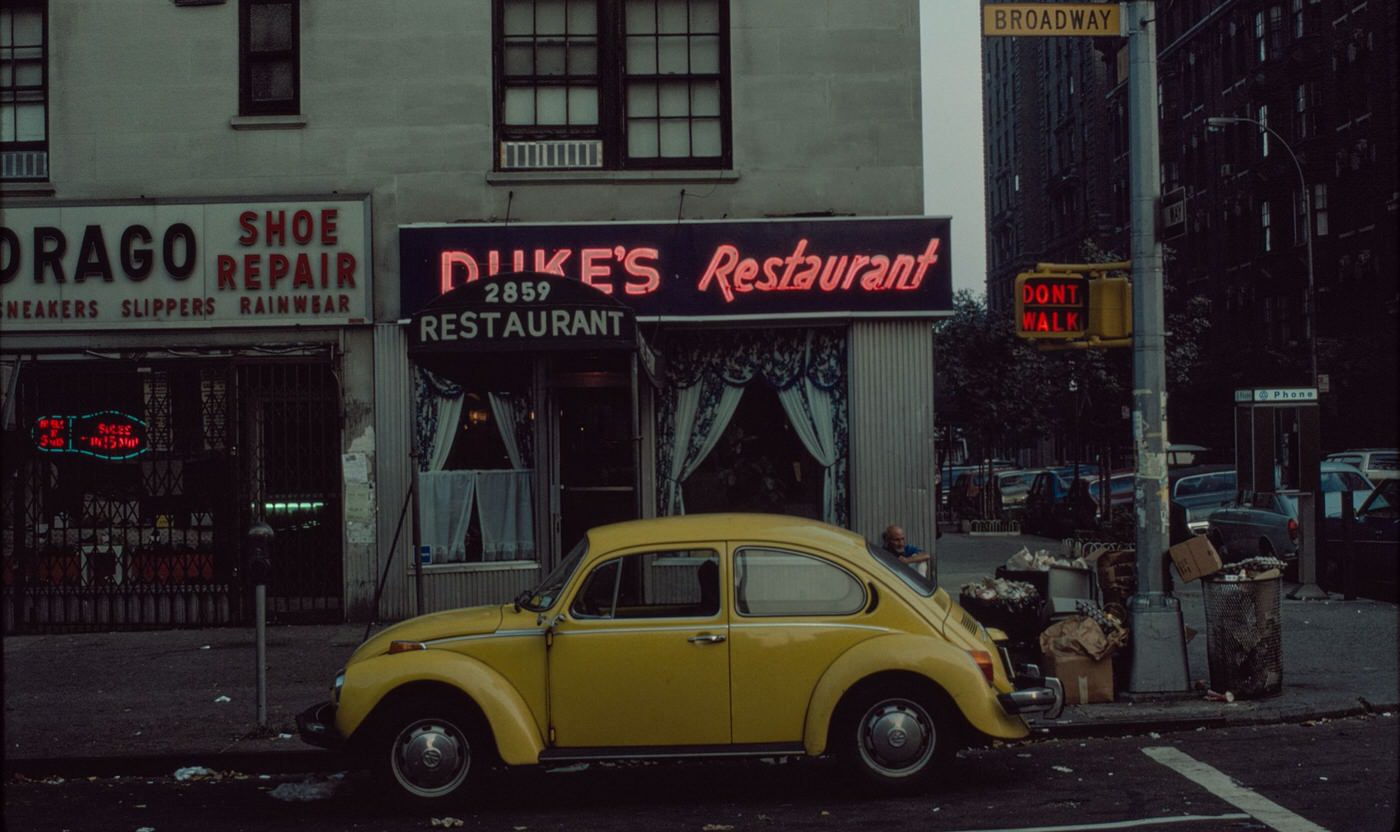
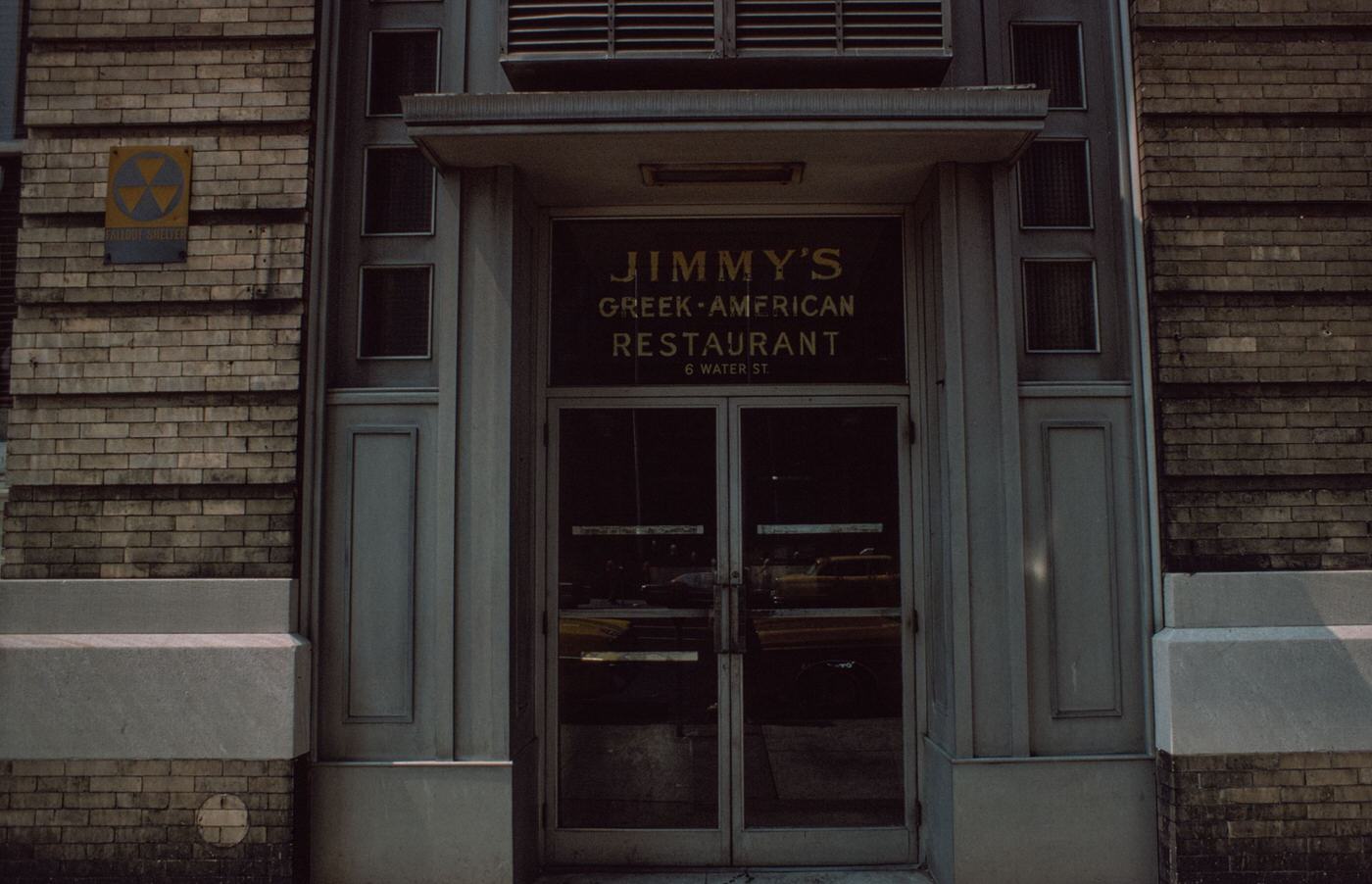
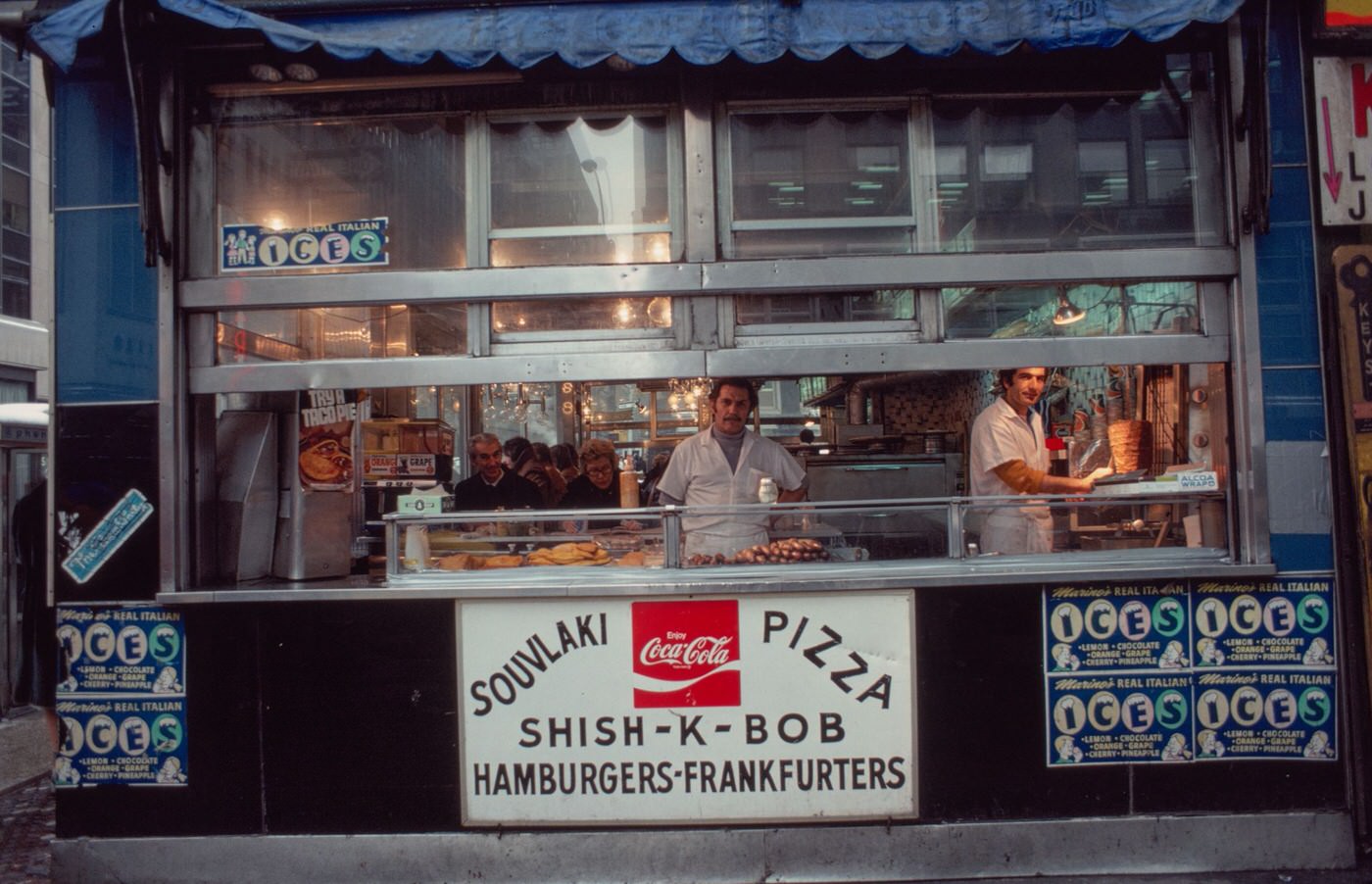
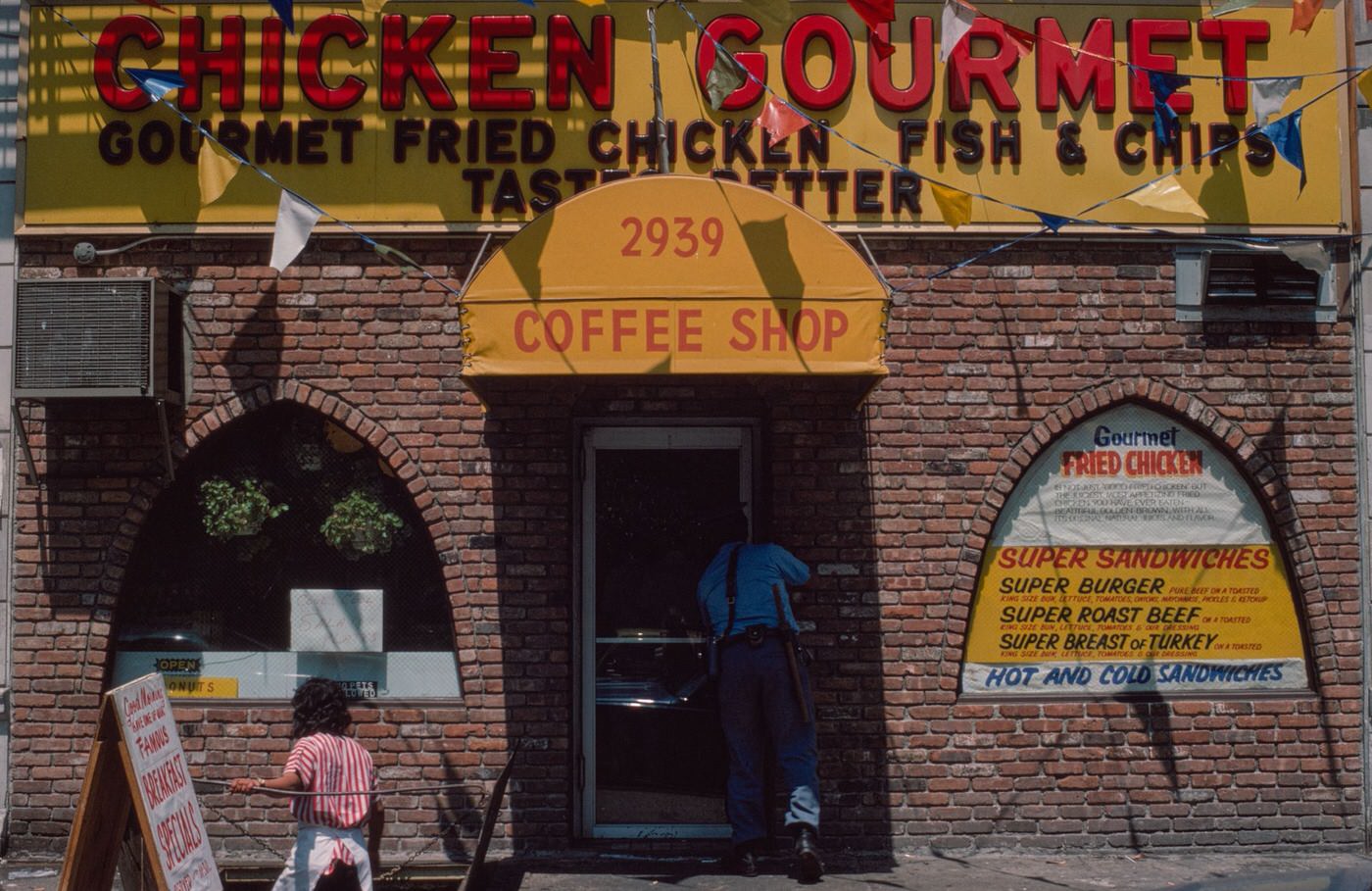
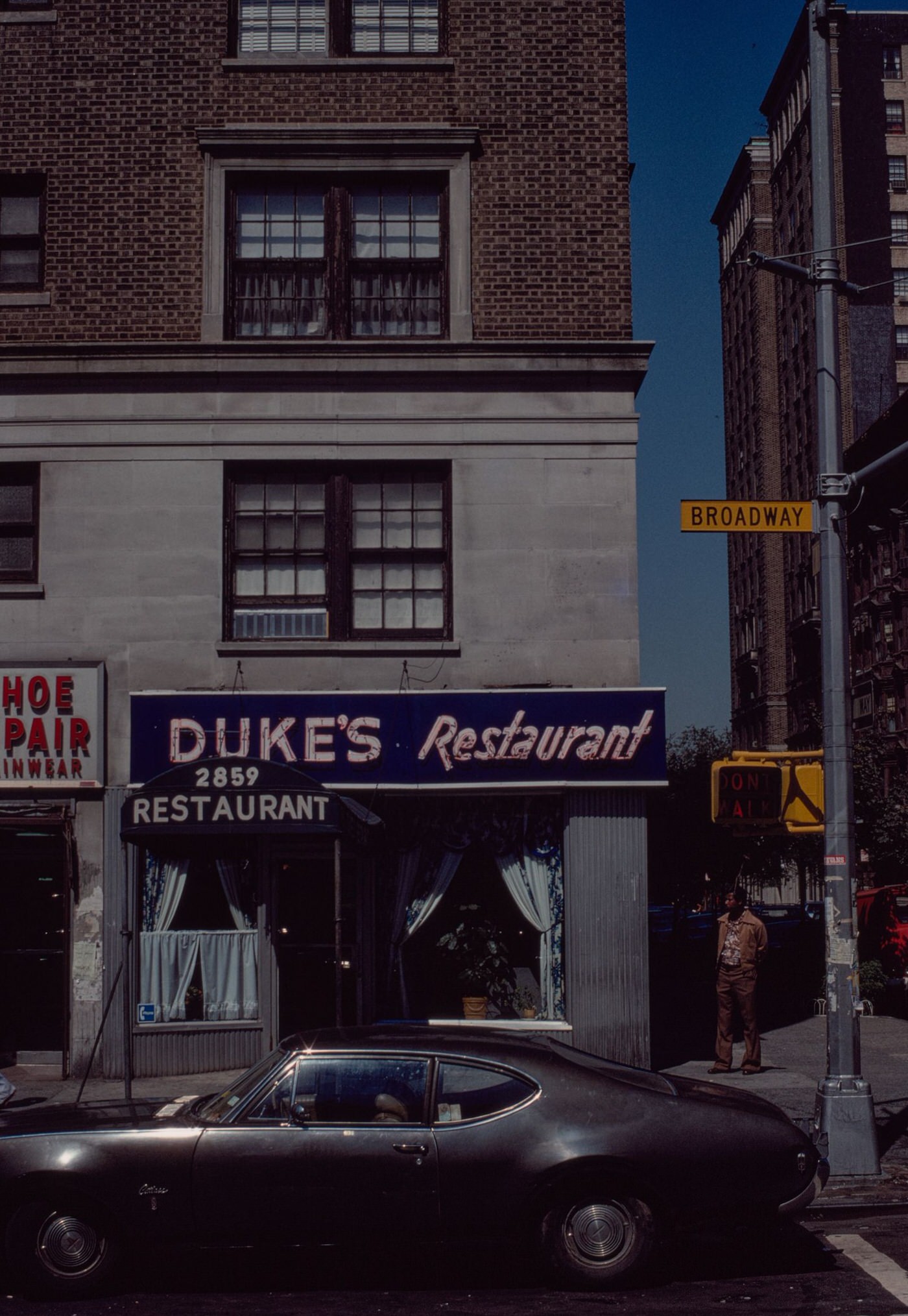
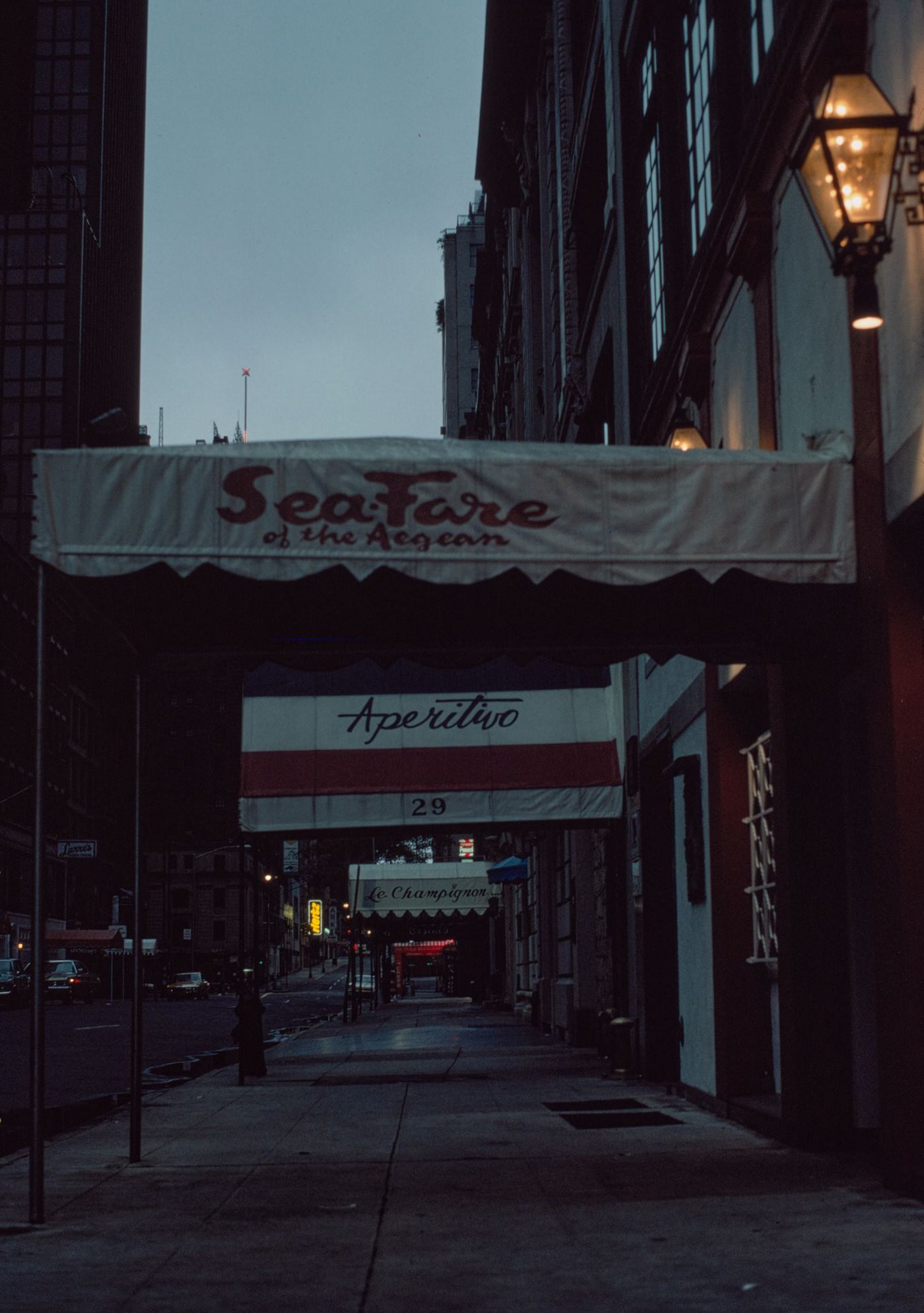
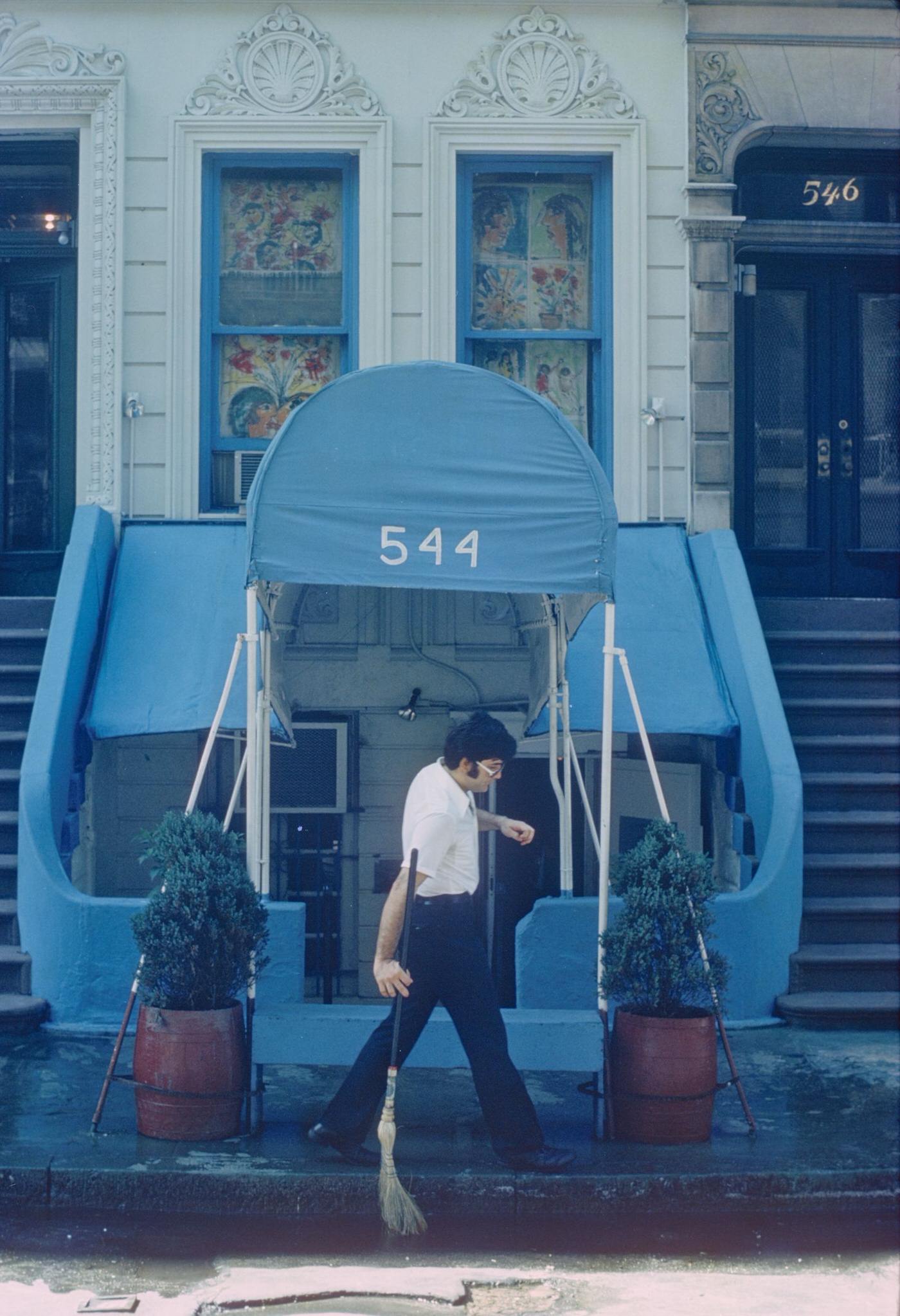

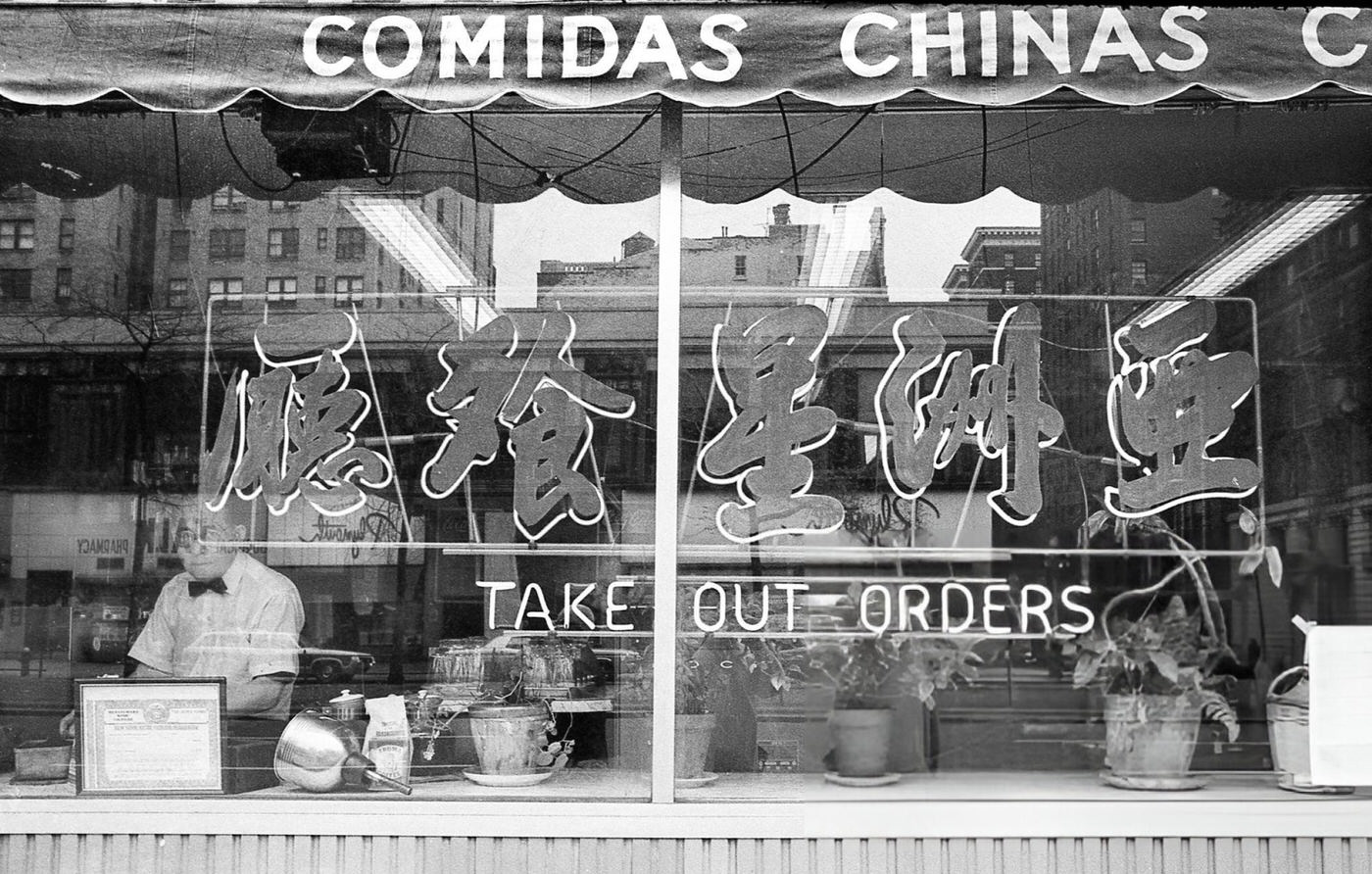
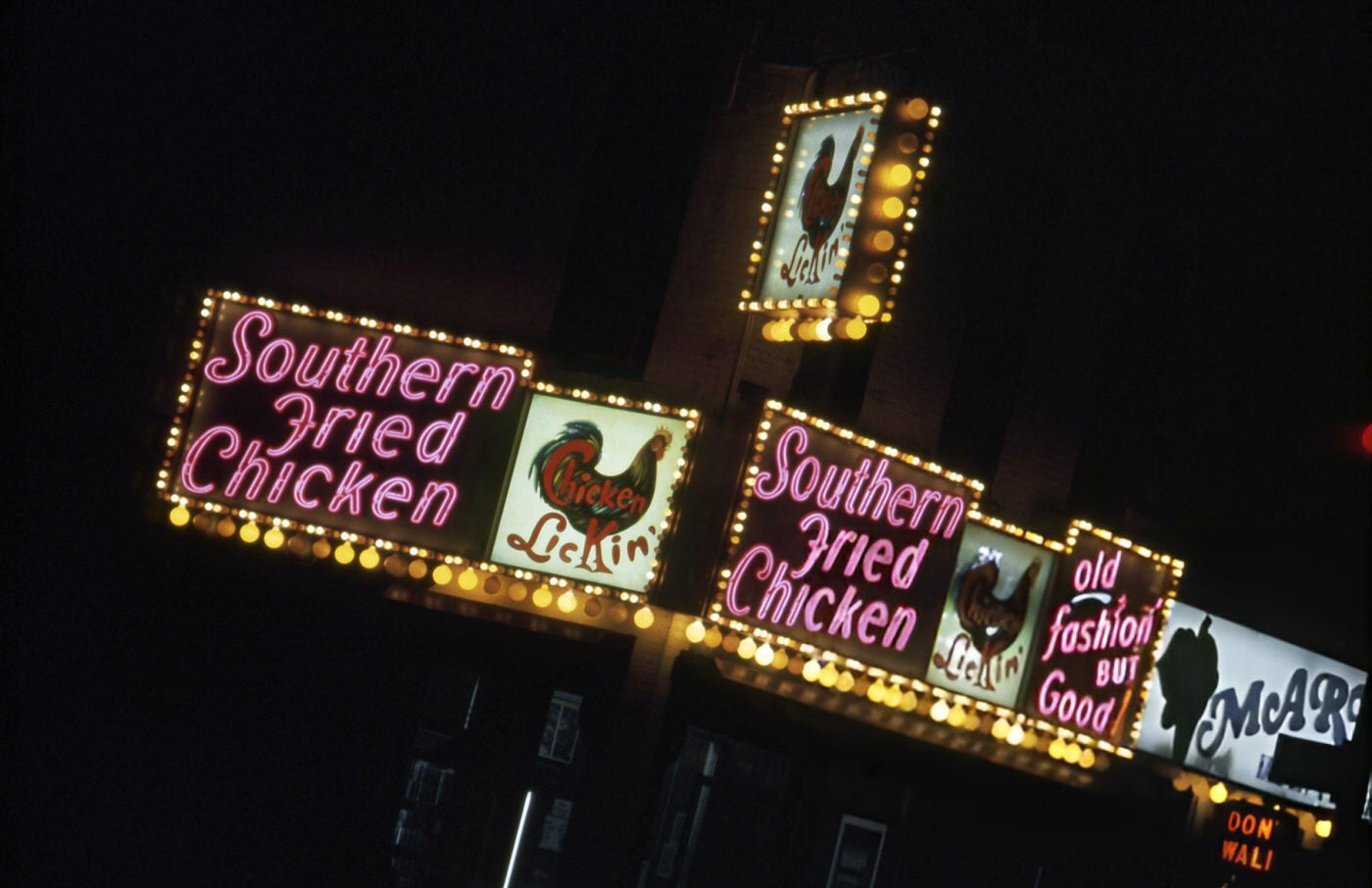
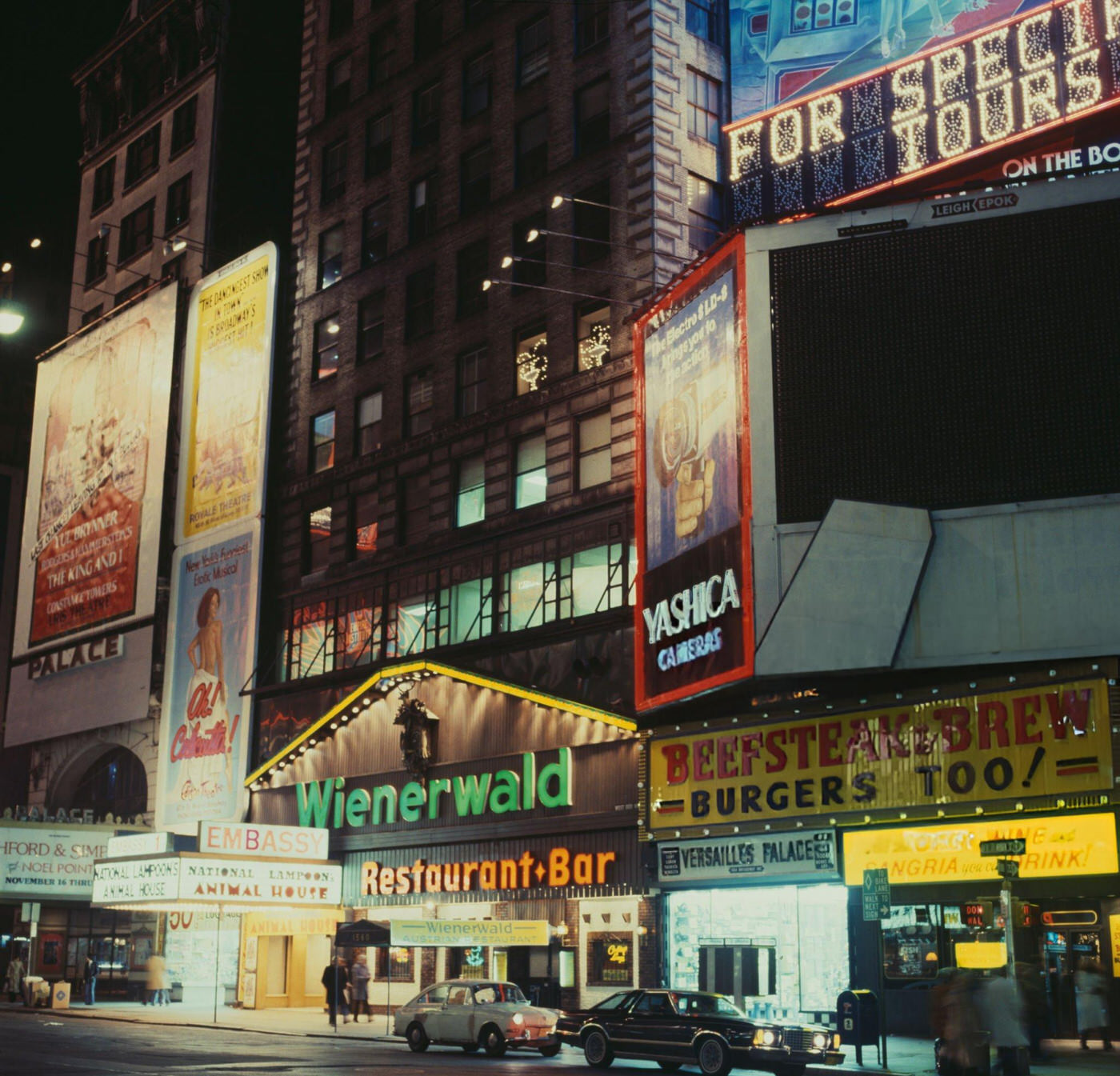
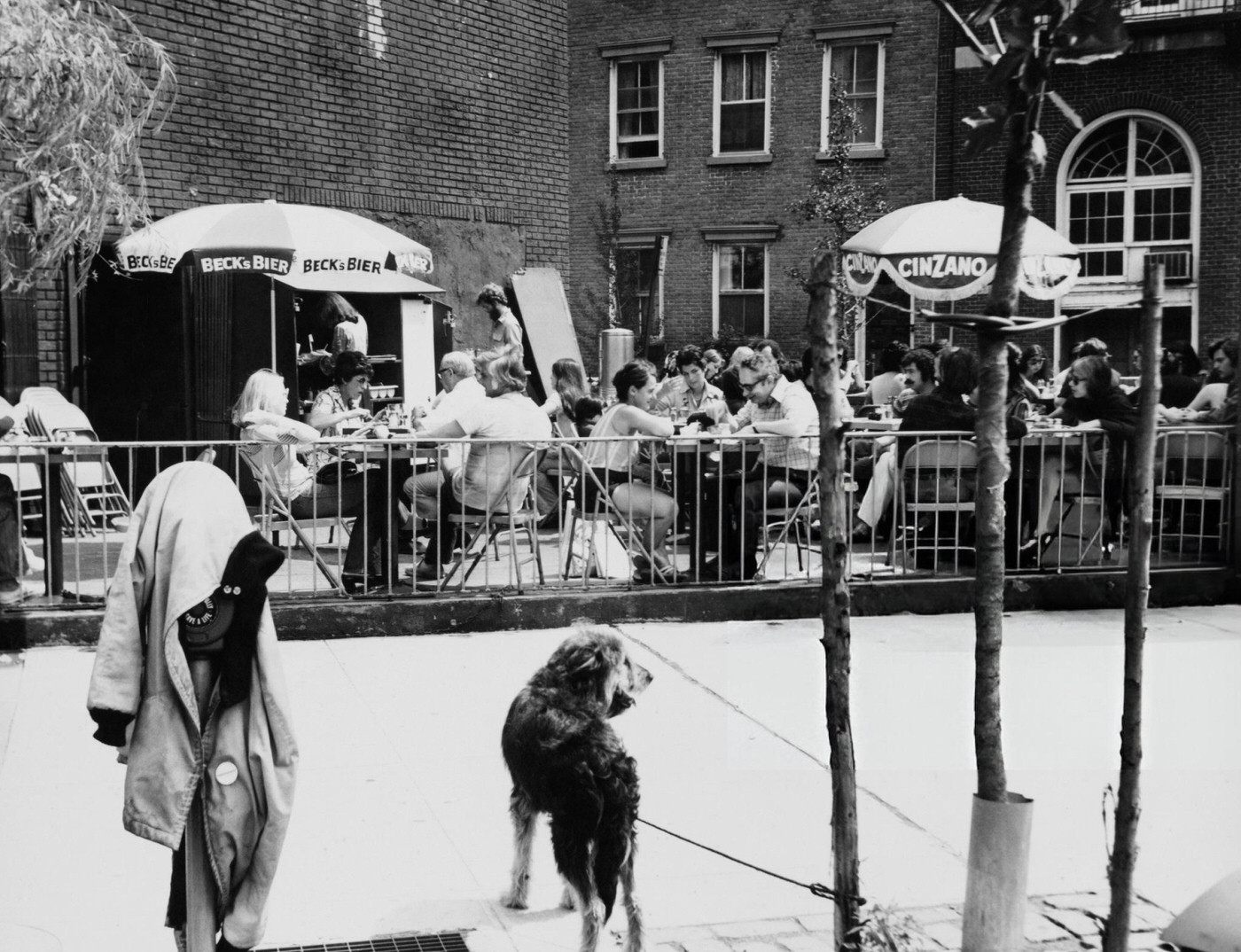
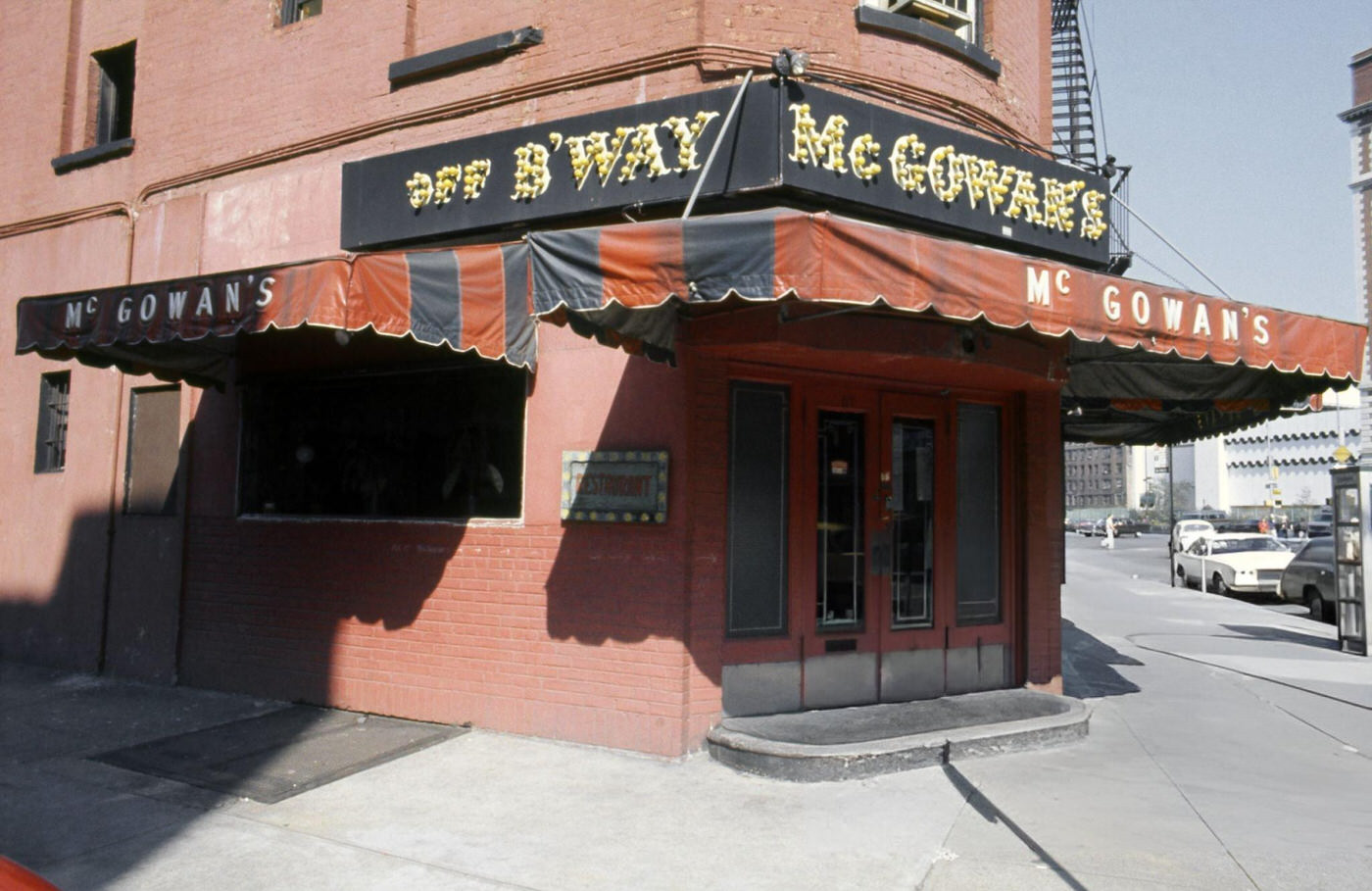

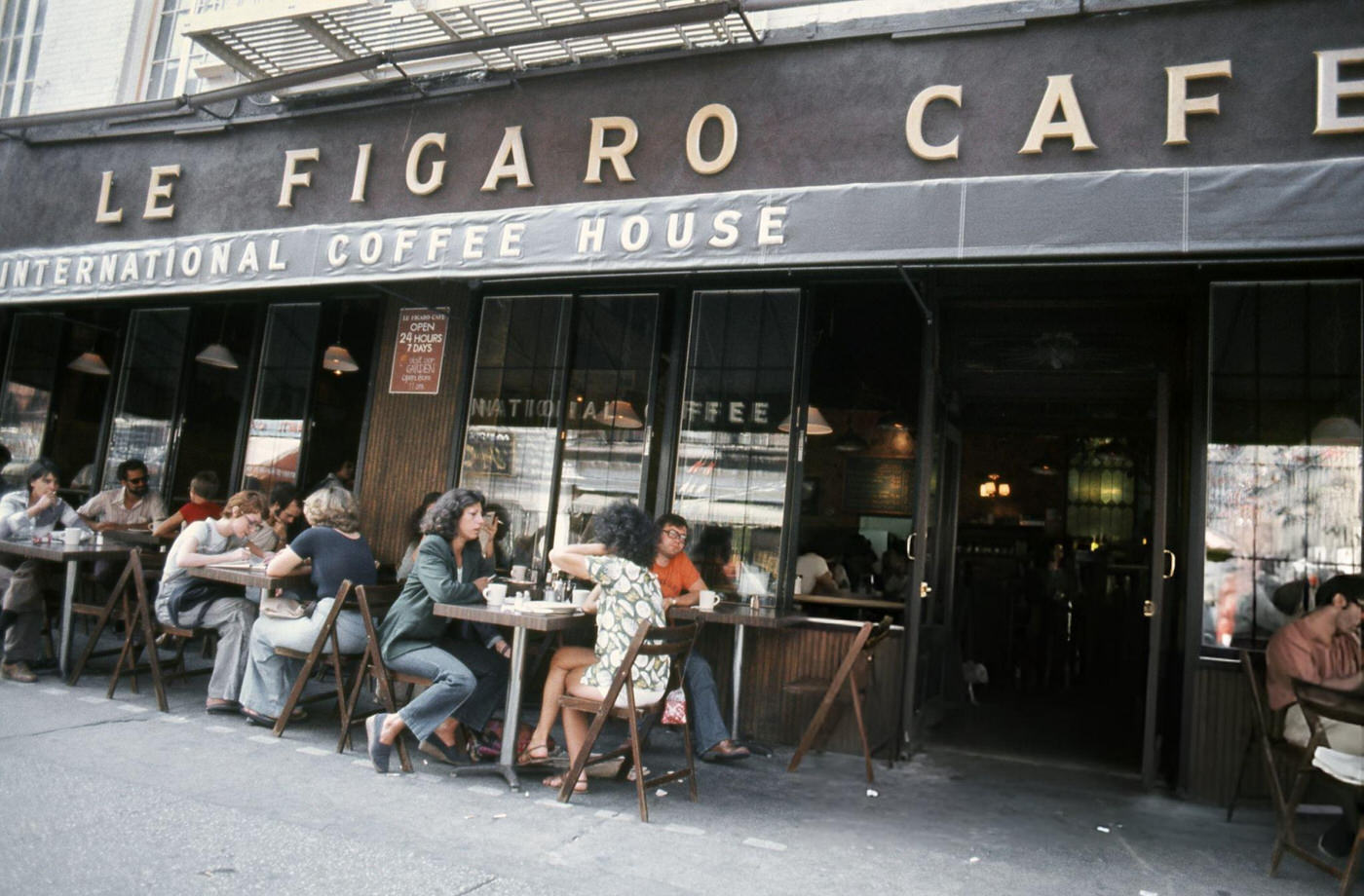
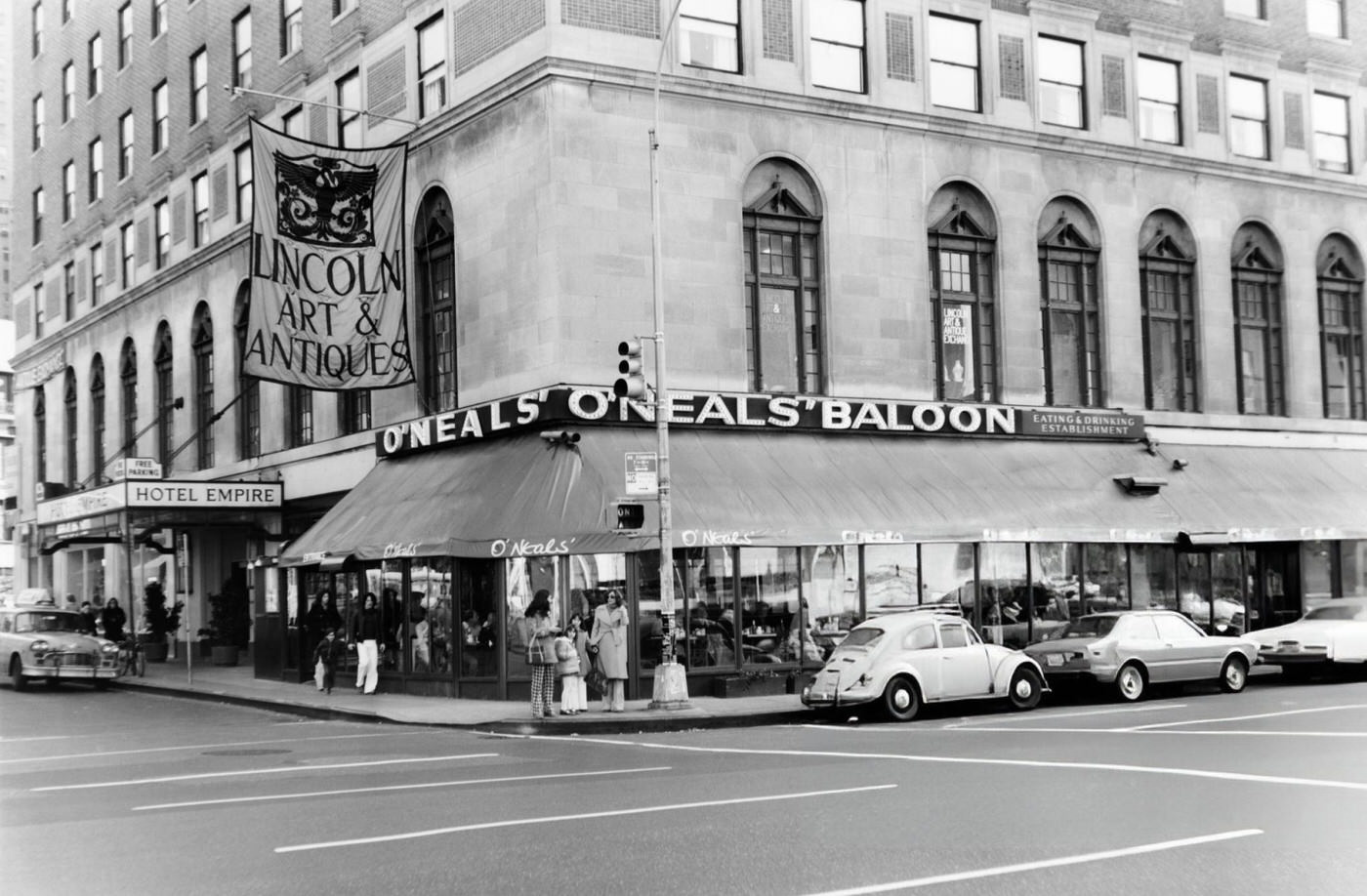
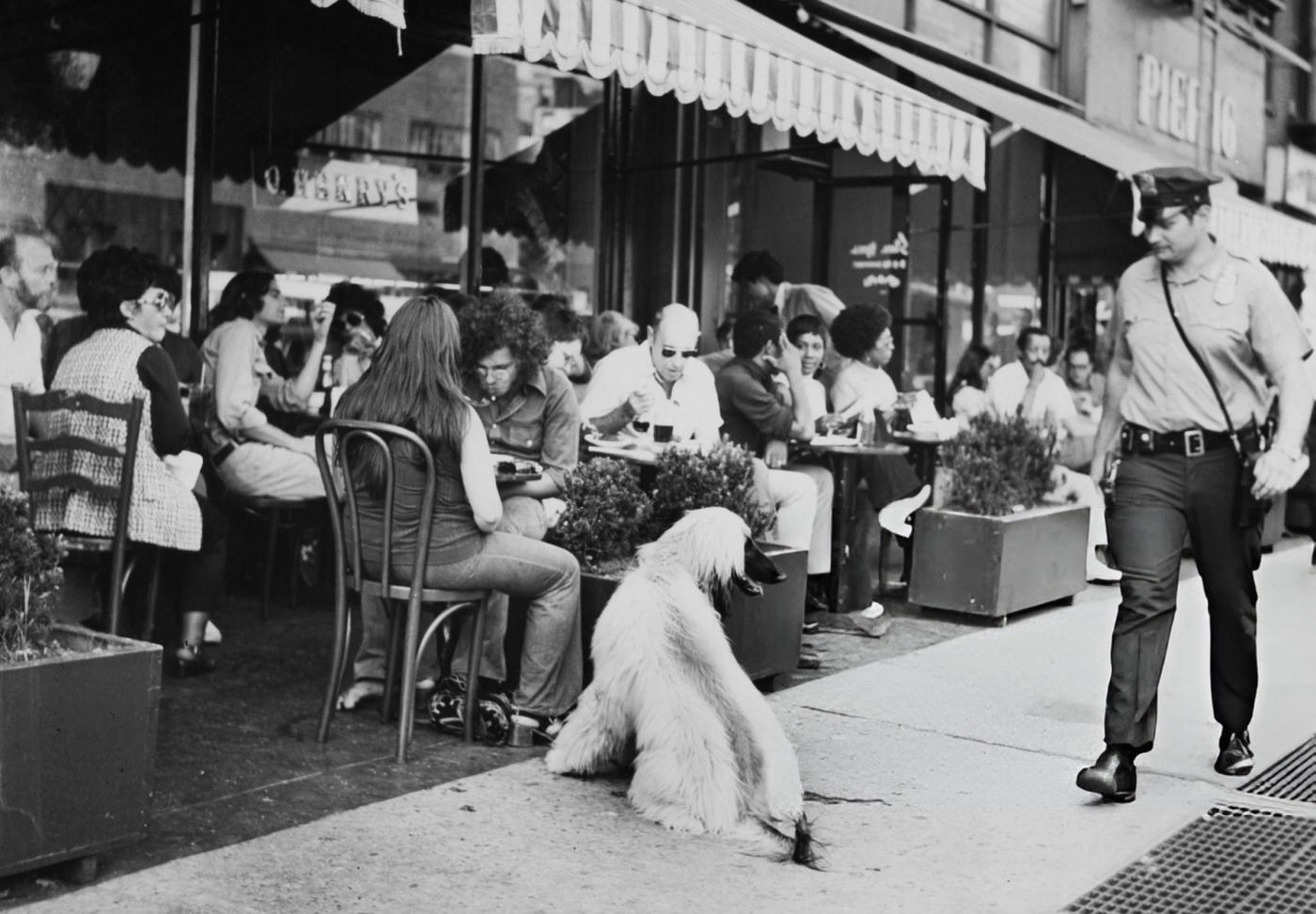
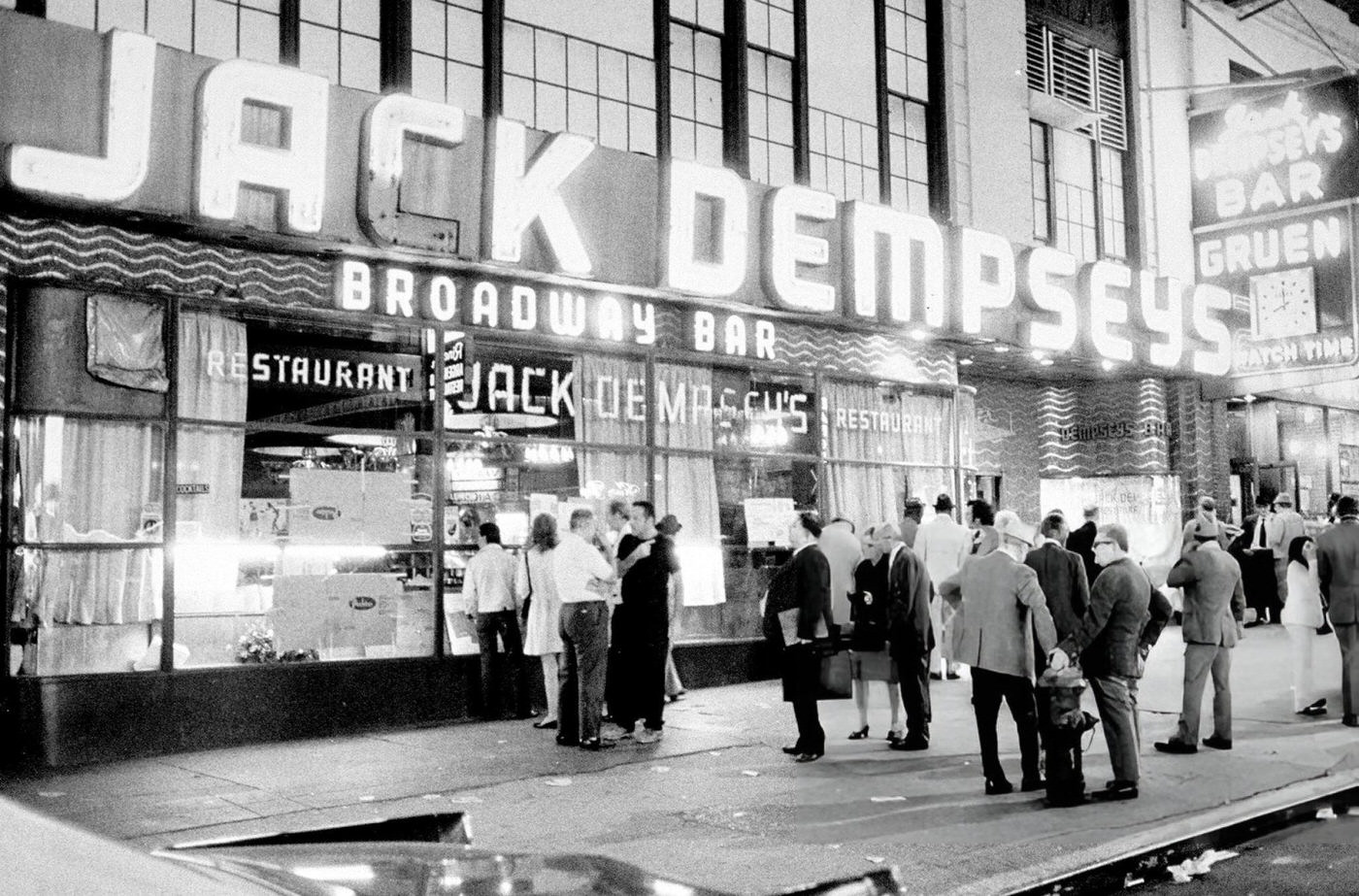
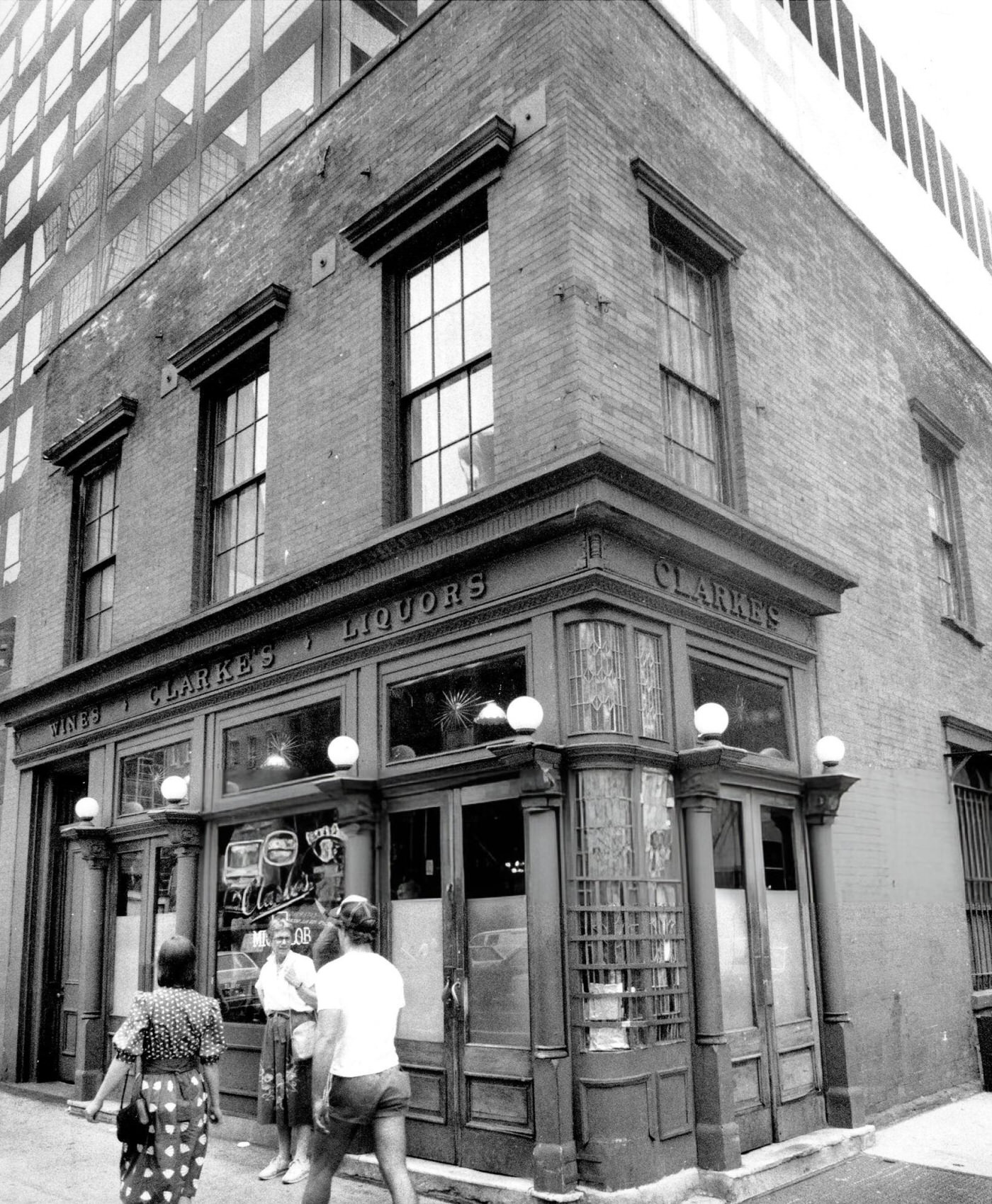
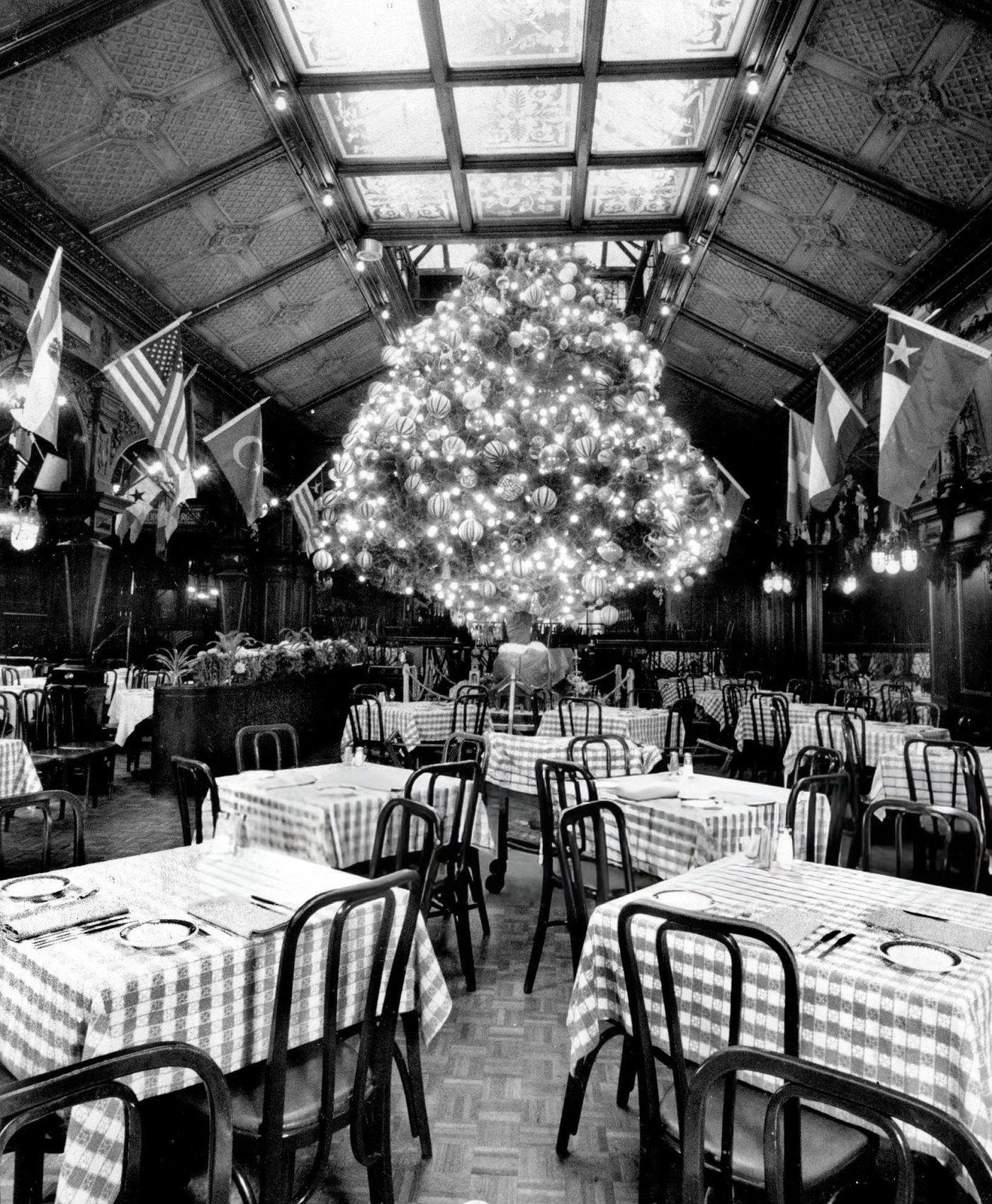
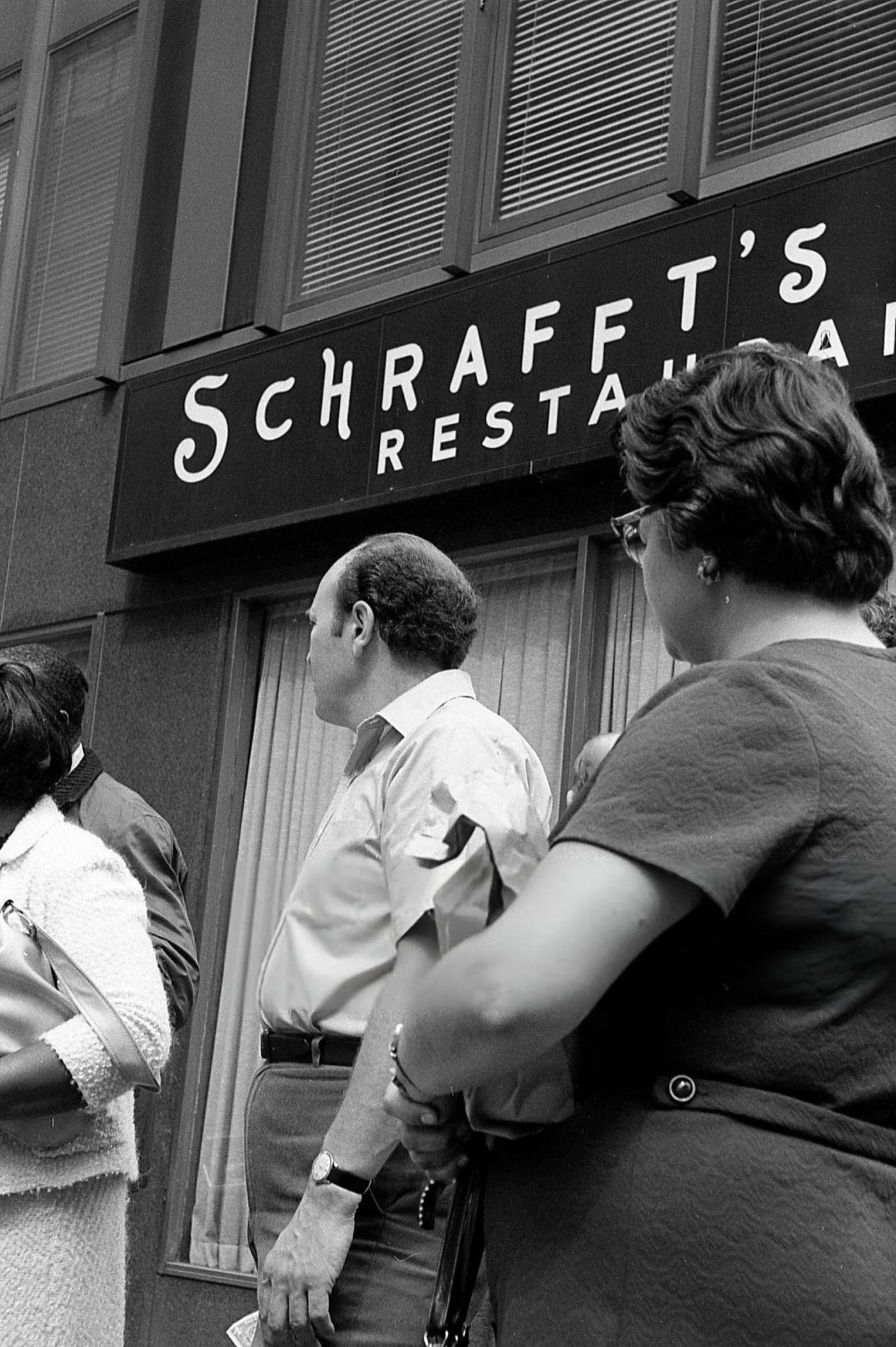
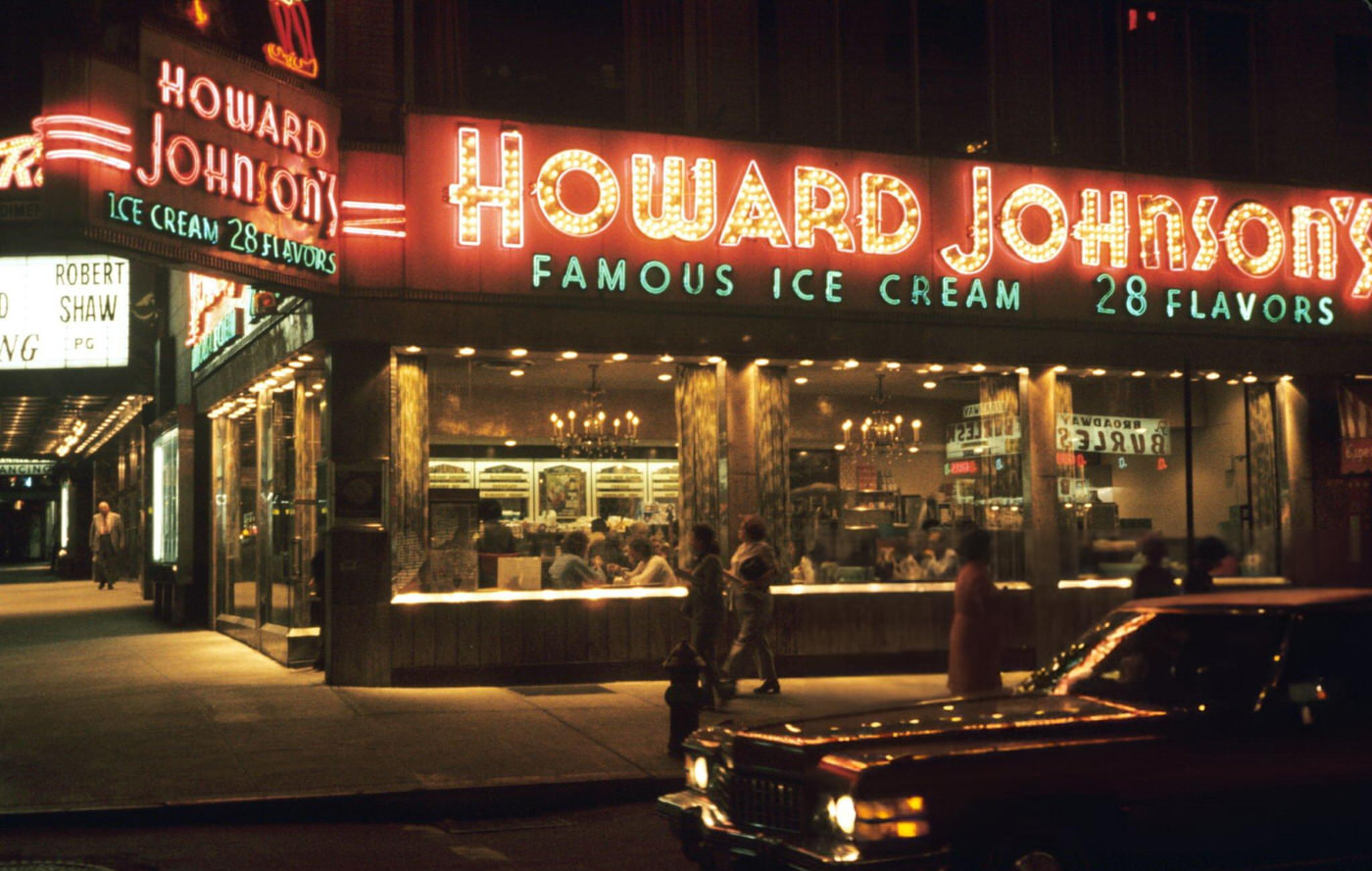
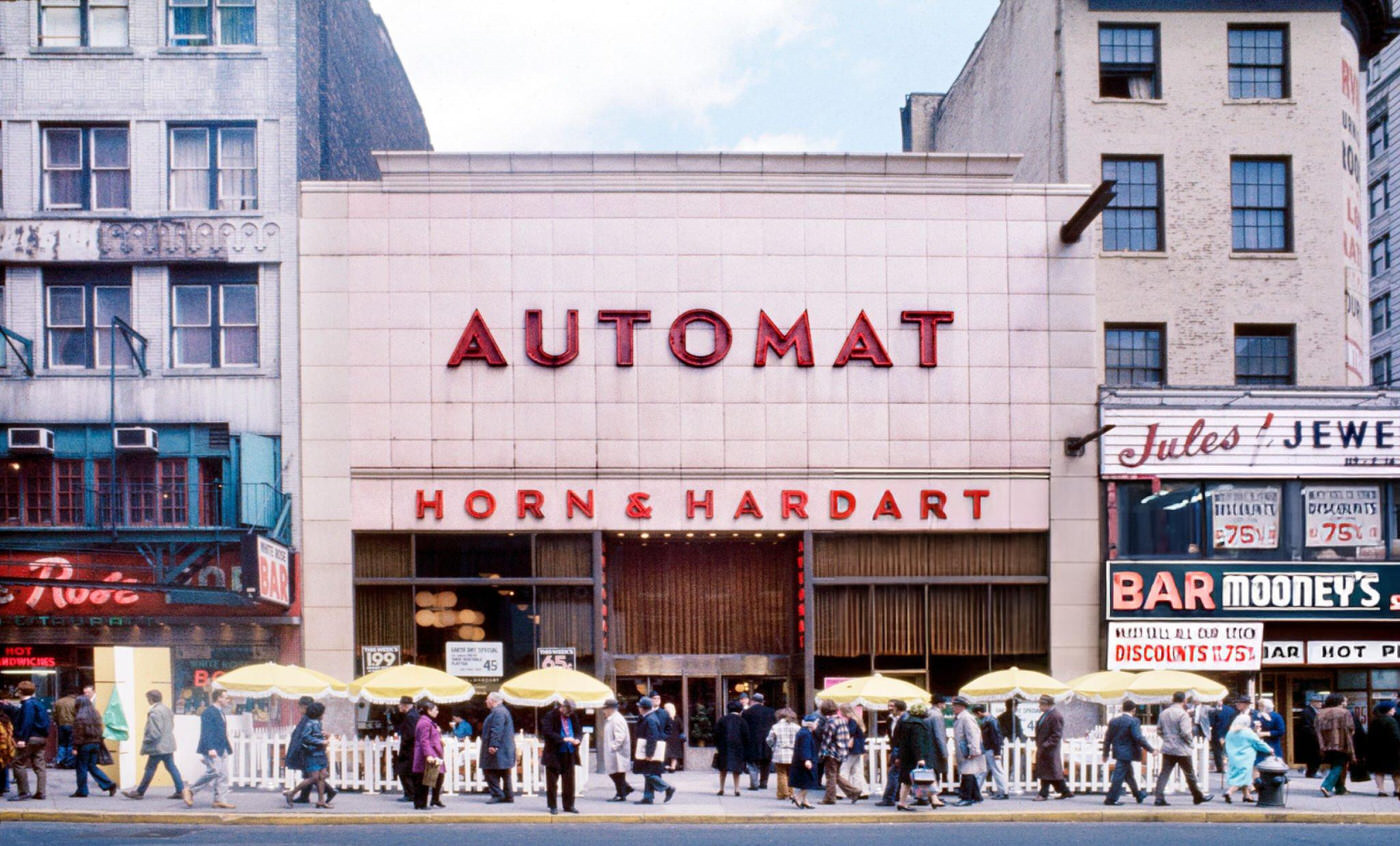
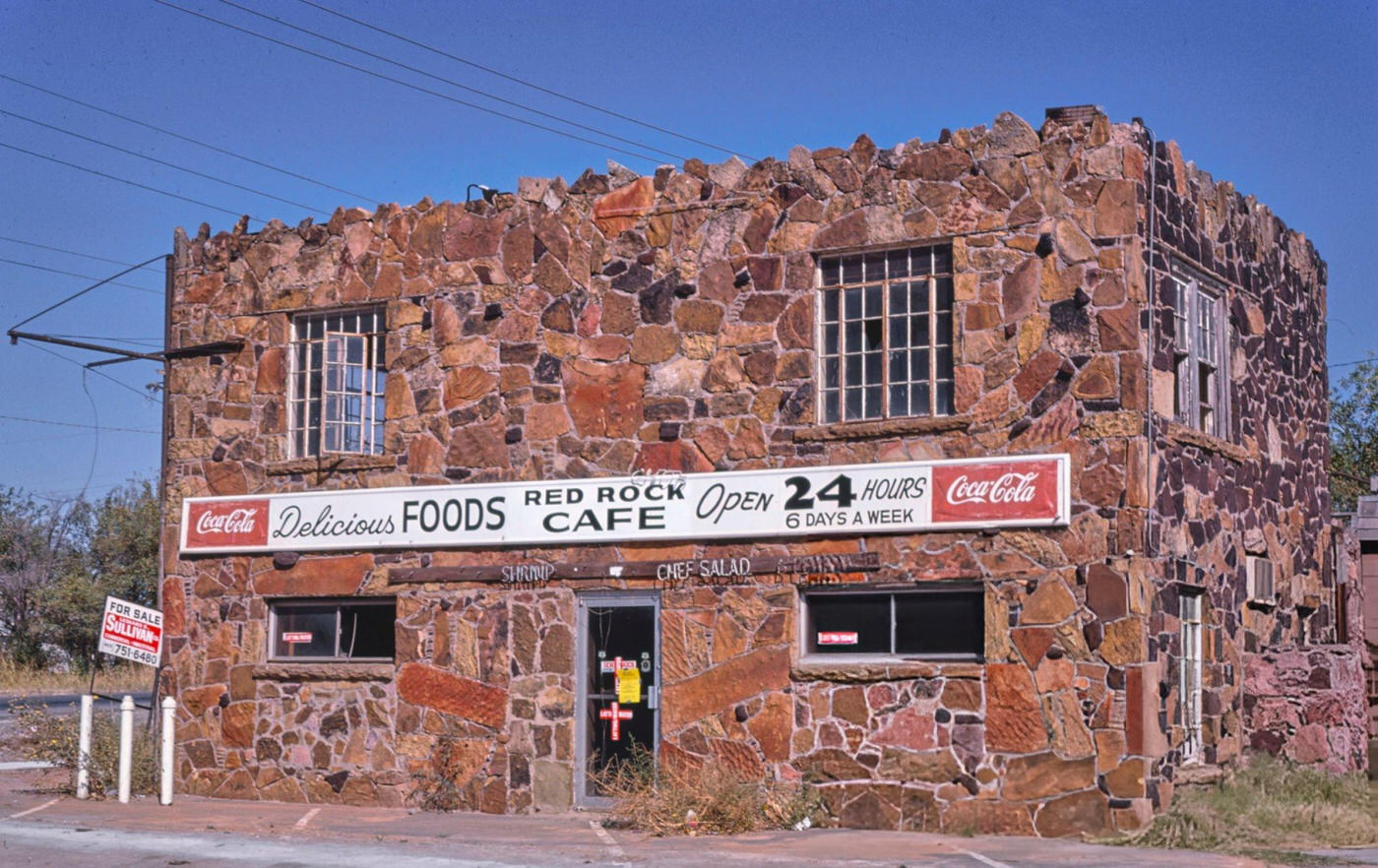
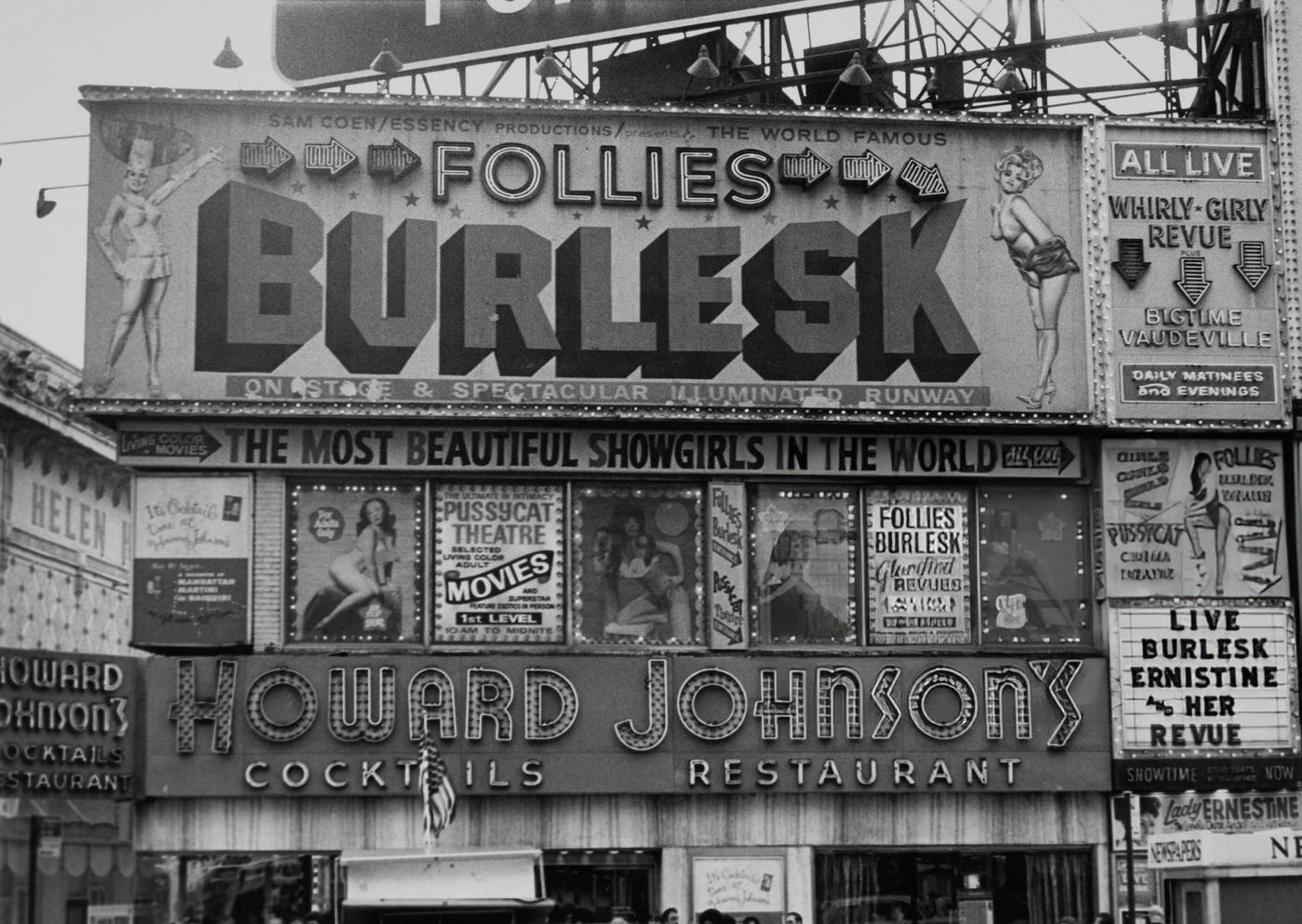
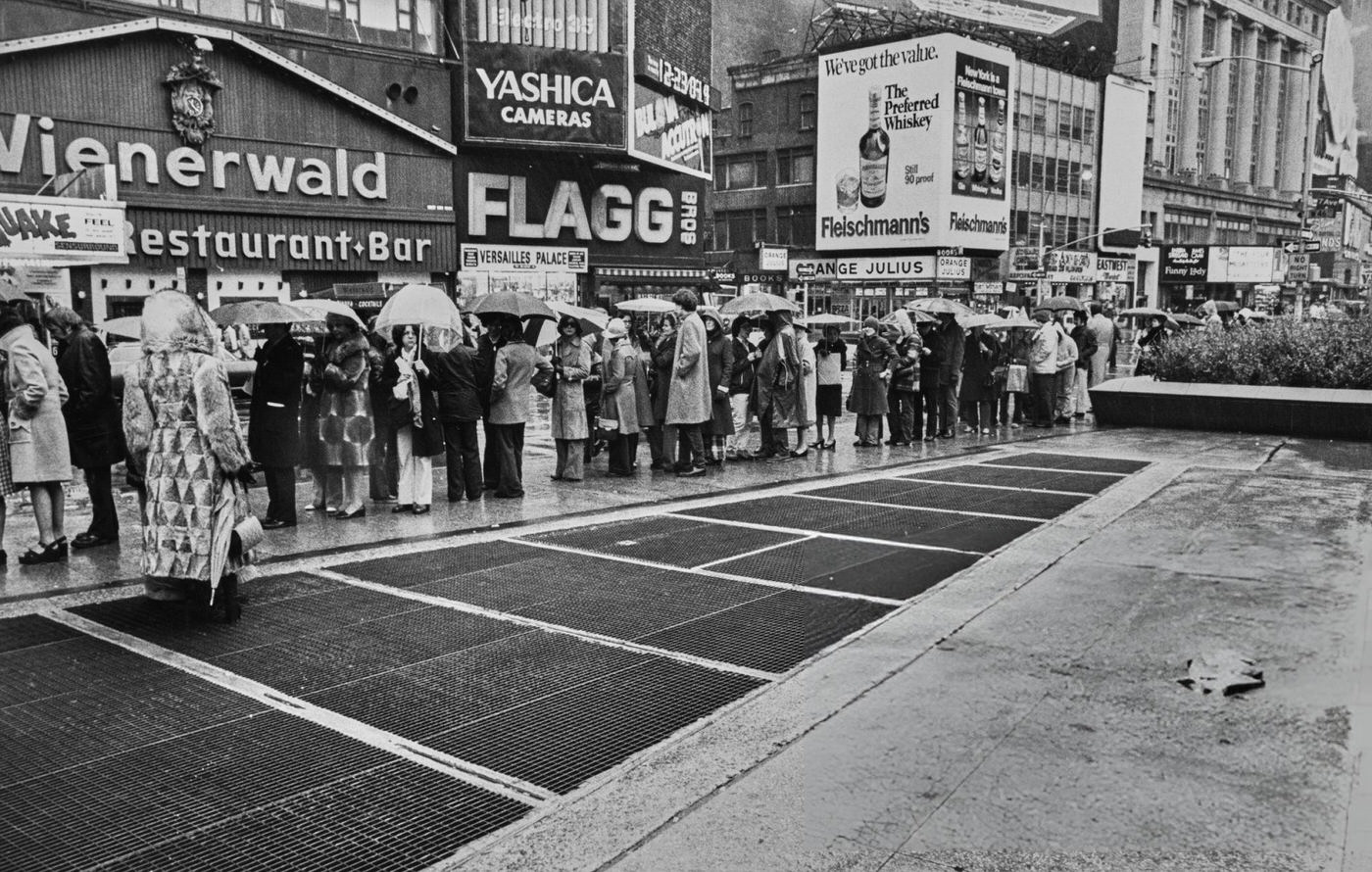
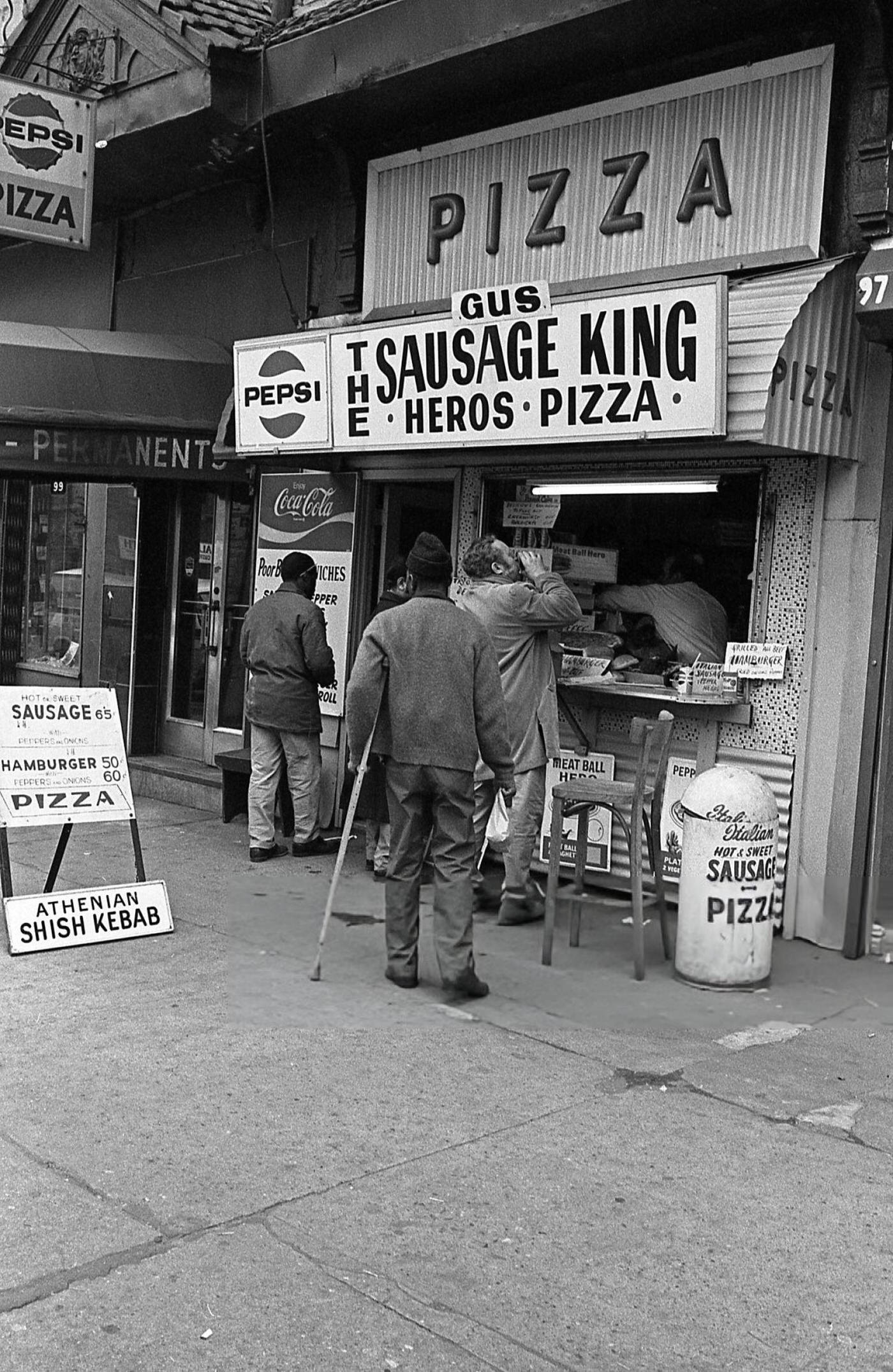
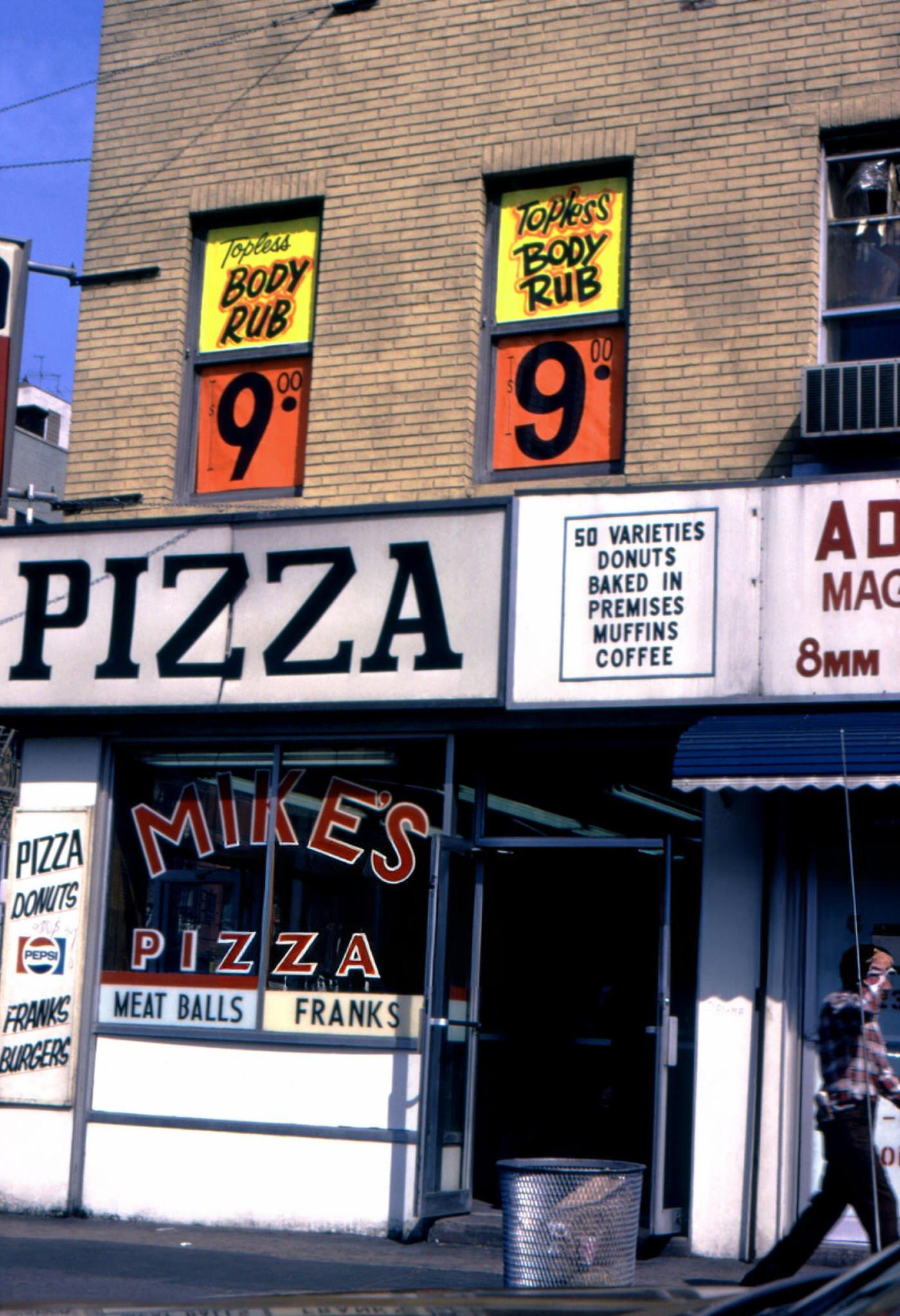
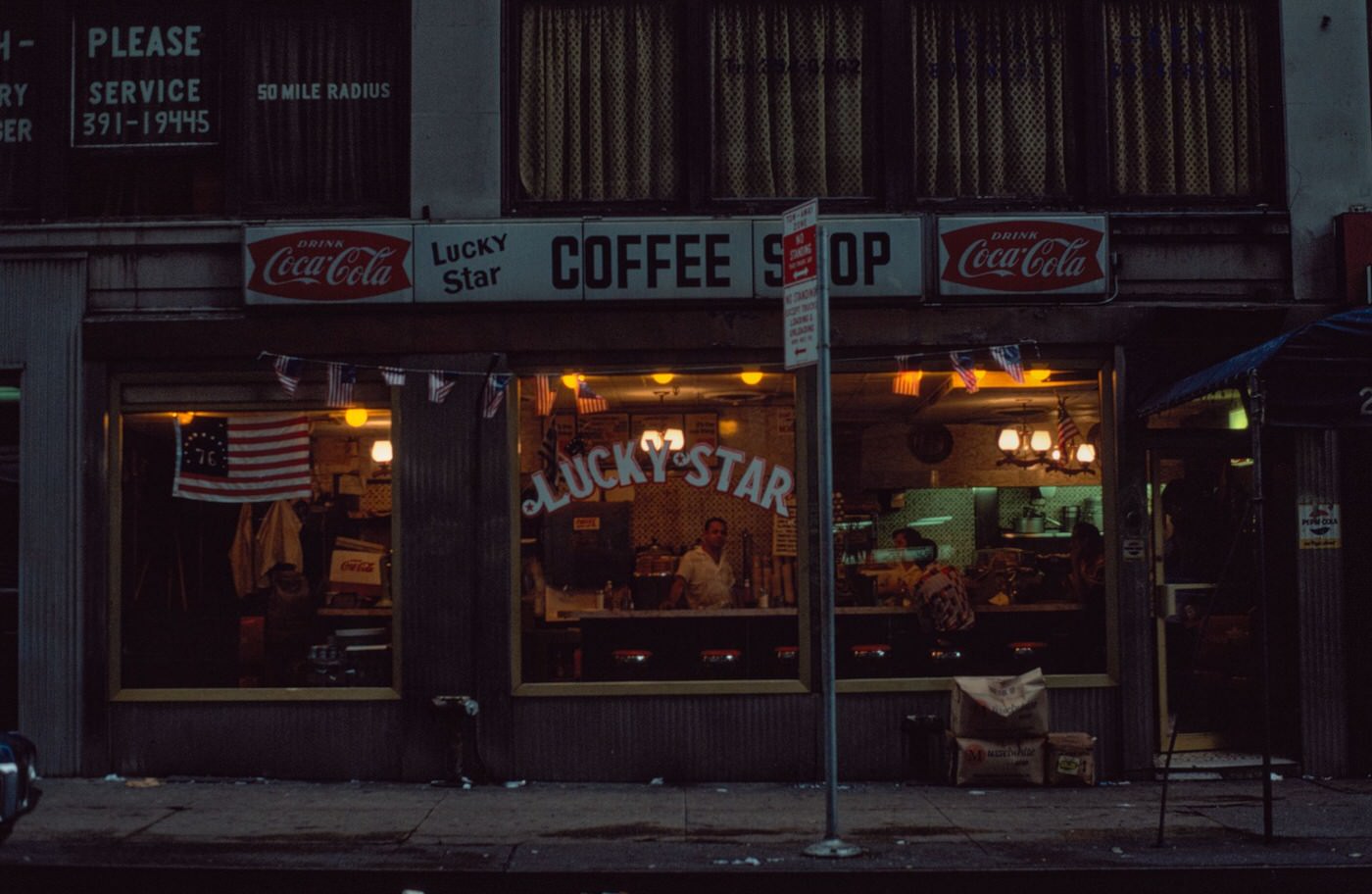

GIPHY App Key not set. Please check settings